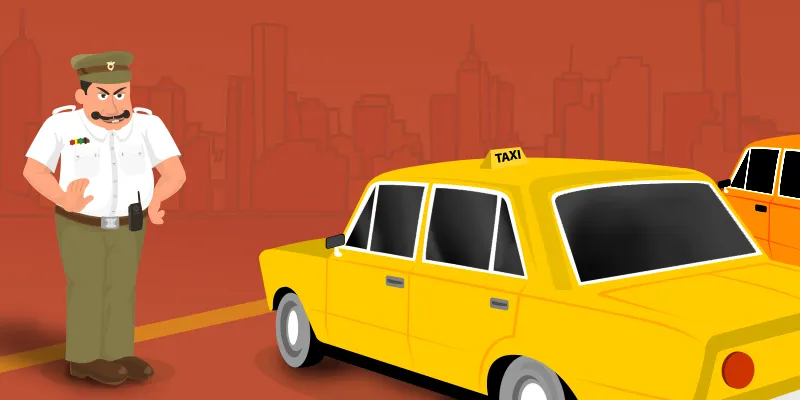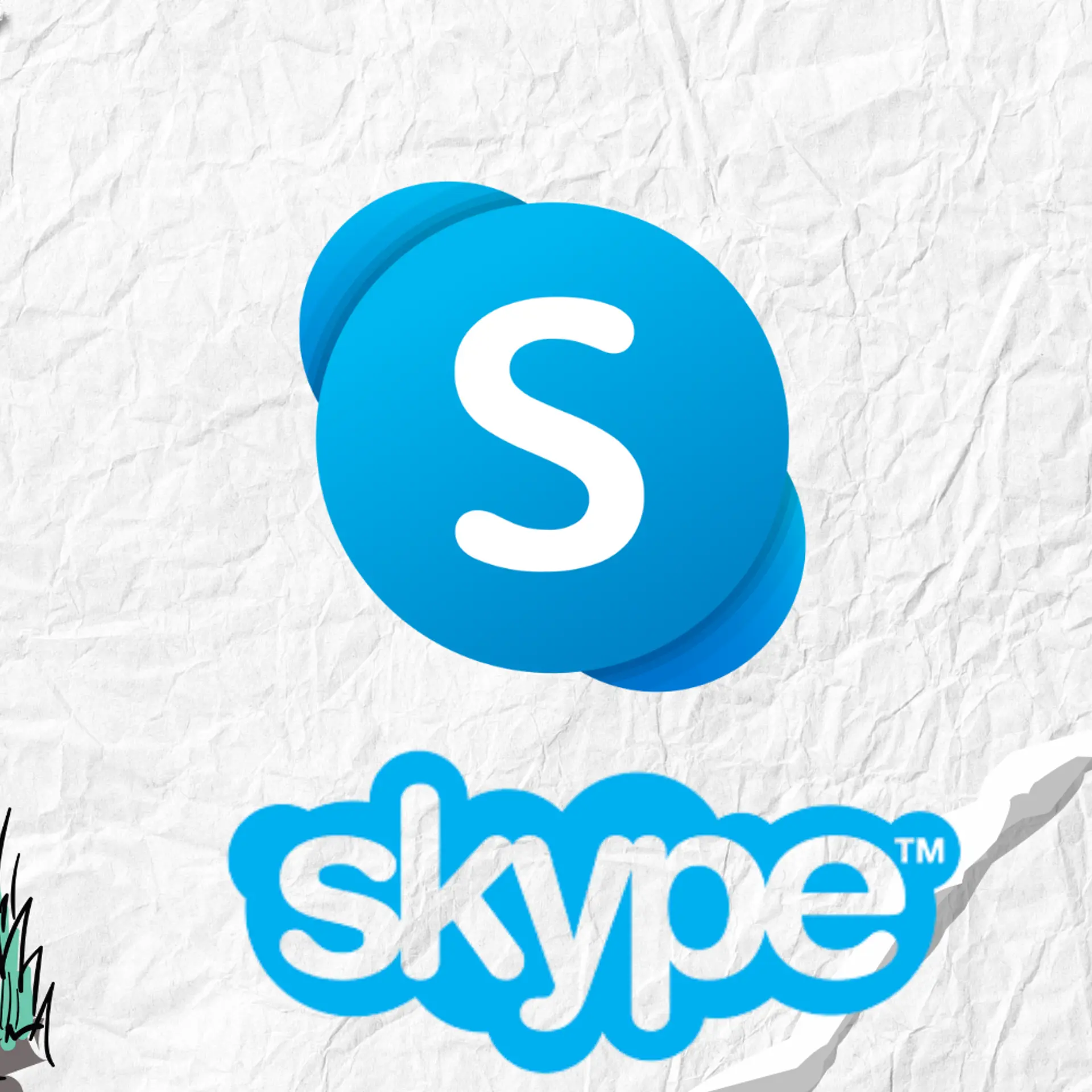Mumbai springs an unpleasant surprise, Uber fights back

The Government of Maharashtra’s new notification on City Taxi Scheme 2015 has not gone down well with taxi aggregator platforms like Uber.
Although the Central Government advisory on ‘On-demand Information Technology based Transportation platforms’ for State governments had given them relief, Maharashtra’s notification—available for public comments until October 31—effectively brings vehicles in Uber and Ola’s platforms into the same category as radio taxis and kaali-peeli taxis.
Most of the proposals in the Scheme are contrary to the recommendations made by the Central government. In fact, while the Central advisory has disallowed street-hailing of vehicles on such platforms, Mumbai demands an LED display panel on the top of the cars to indicate that the vehicle is a taxi, and green and red indicators to show its availability.
As YourStory had earlier reported, the States were free to reject the central guidelines.
Since the cabs working with Ola and Uber provide cheaper rates than the ordinary taxis (which charge according to government-controlled fares), taxi unions in Mumbai had protested against them, citing loss of their livelihood. The new move is supposed to give a boost to Mumbai’s local taxis. K K Tiwari, president, Swabhiman Taxi-Rickshaw Union, told YourStory: “[If everyone charges according to the same rates,] why would any driver go to Ola or Uber? They can’t conduct business without drivers!”
However, Tiwari is not entirely happy with the draft. He says, “Authorities have not issued taxi license since 1997, although the population has increased and the city has expanded. But now, the big players are coming in easily, and they are allowed on our roads.”
Mumbai has proposed that licensees should maintain a fleet of minimum 1000 and maximum 4000 taxis (although the Central advisory has not said anything about a ceiling for the numbers of cabs). This could potentially impact close to 50,000 jobs in Uber in Maharashtra. “Around the clock, we are getting hundreds of thousands of riders across the city….meeting this demand is a huge challenge. This cap will not just lead to non-availability of cars for riders and loss of jobs for drivers, but will stifle the innovative on-demand transport industry at large,” said Shailesh Sawlani, General Manager, Uber Mumbai. Ola declined to comment.
Although this move might seem like an effort to help the local taxi drivers, Tiwari says that the 4000-cabs limit won’t help them. “If 10 similar companies come up, that can still hurt our chances,” he said.
While the central advisory requires the licensees to include an in-built feature in their app to help the passenger contact local police in an emergency, Mumbai demands a panic button in the taxi, which can transmit signals to the control centre as well as the police control room. Uber argues that since drivers often work on more than one platform, they might end up with multiple buttons in a car, which can confuse the passenger in a panic situation. They say that since physical buttons are prone to wear and tear, an in-app panic button is more recommendable.
Uber has now launched a campaign asking for Mumbaikars’ support in this situation.
Uber said in its website: “Mumbai, over the coming weeks, we need your support to raise awareness against these regulations that stand against the freedom of consumer choice, regressive regulations that would effectively take the forward-looking and technologically savvy city of Mumbai, years back."







